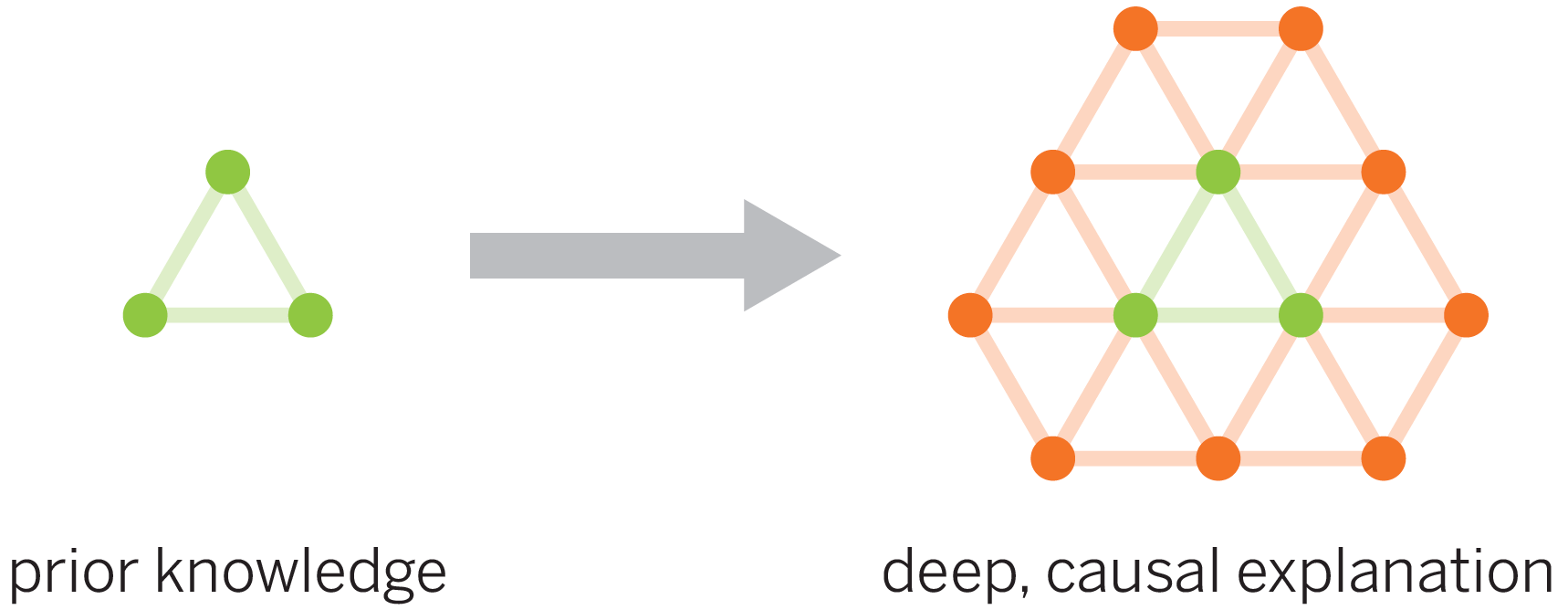Our approach
The Amplify Science approach adheres to the letter and spirit of the NRC Framework for K–12 Science Education (2012). Students build knowledge across disciplines in each year so that past learning is connected to new concepts, applied to new phenomena, and further developed in each successive year. The Framework-focused design of the Amplify Science curriculum is grounded in the following:
- Designed from the ground up for three-dimensional science instruction
- Emphasis on unit coherence
- Real-world problems and scientific phenomena
- Multimodal approach
- Explicit support for literacy development
- Expanding opportunities for visualizing
1. Designed from the ground up for three-dimensional instruction
The Amplify Science curriculum developers at University of California, Berkeley’s Lawrence Hall of Science crafted each unit, chapter, and lesson with the following questions in mind:
- What do we want students to figure out? (What disciplinary core idea (DCI) or part of a DCI?),
- How do we want them to figure it out? (What scientific and engineering practice will they engage in to figure it out?)
- What crosscutting concept can scaffold students’ understanding and connect it to other ideas about the natural world that they have learned?
This resulted in a curriculum that incorporates a strategic, well-balanced integration of the three dimensions.
2. Emphasis on unit coherence

Student learning experiences and assessments are grounded in a unit-specific learning progression called a Progress Build. A Progress Build clearly defines each level of students’ increasingly sophisticated understanding of unit phenomena students should reach as they progress through the unit. Students build that understanding through engagement with science and engineering practices and application of crosscutting concepts over the course of the lessons in the unit. Thus, as students investigate the anchor phenomena for each unit, they construct new knowledge the way scientists do: through engagement with a core set of professional practices and the application of prior knowledge.